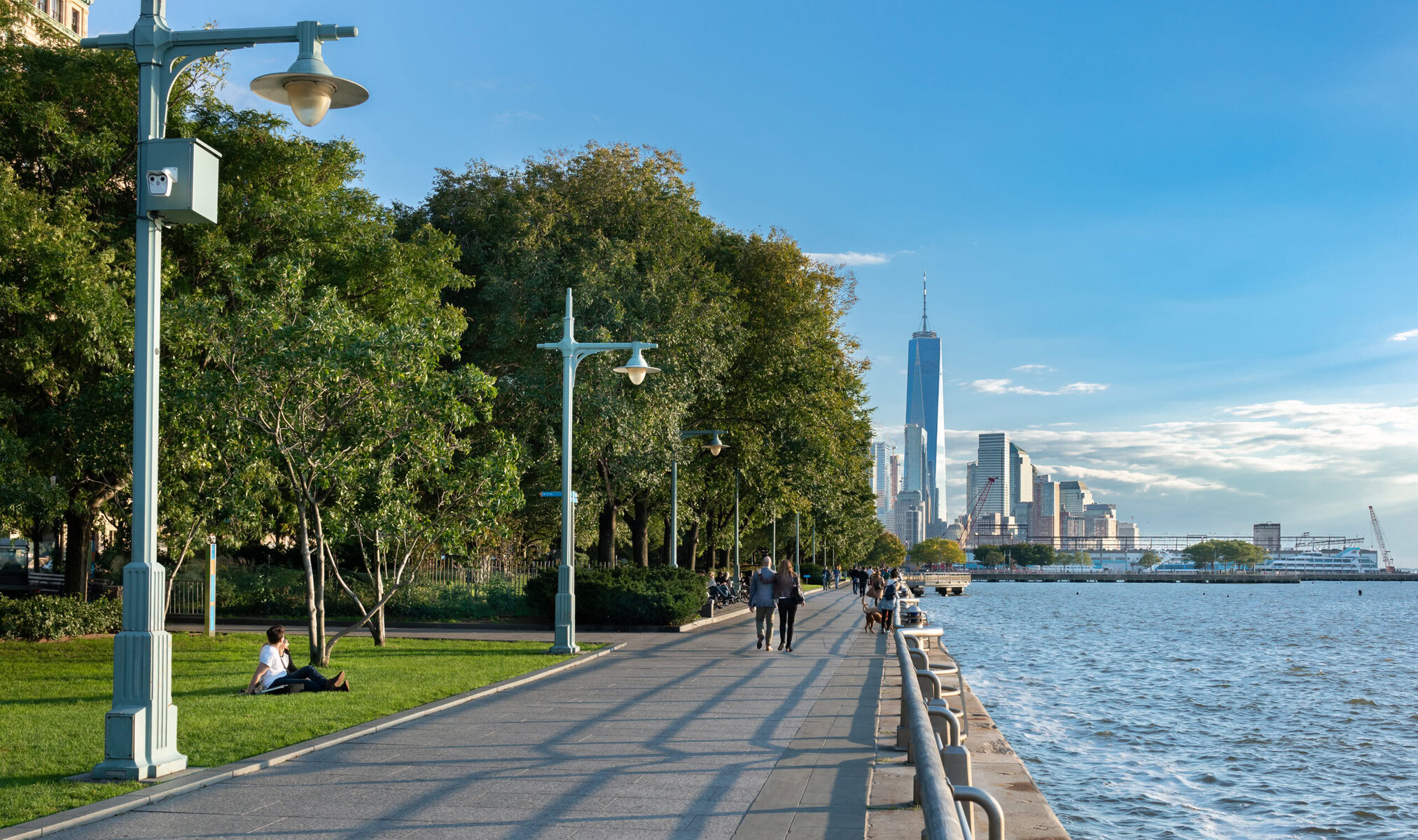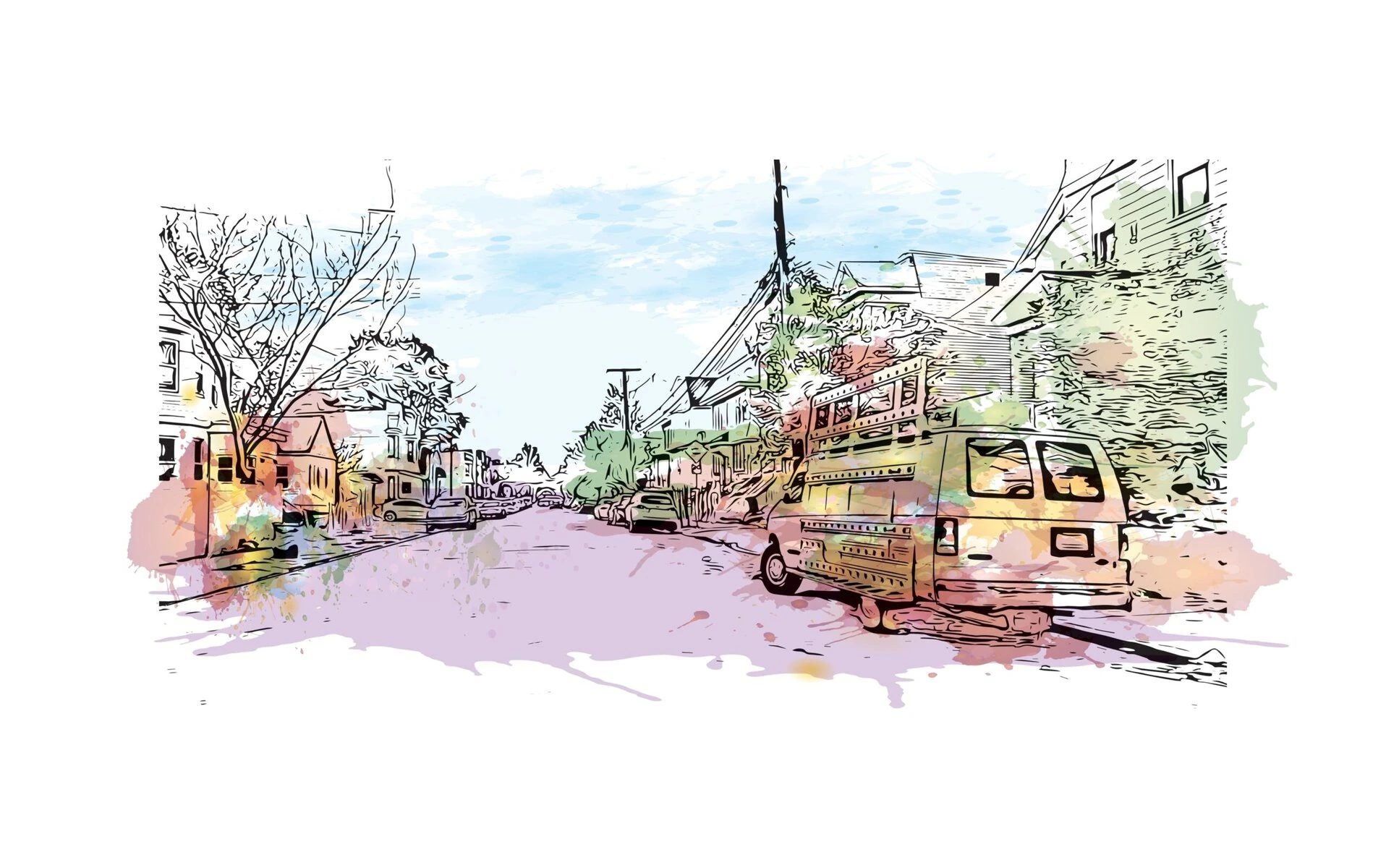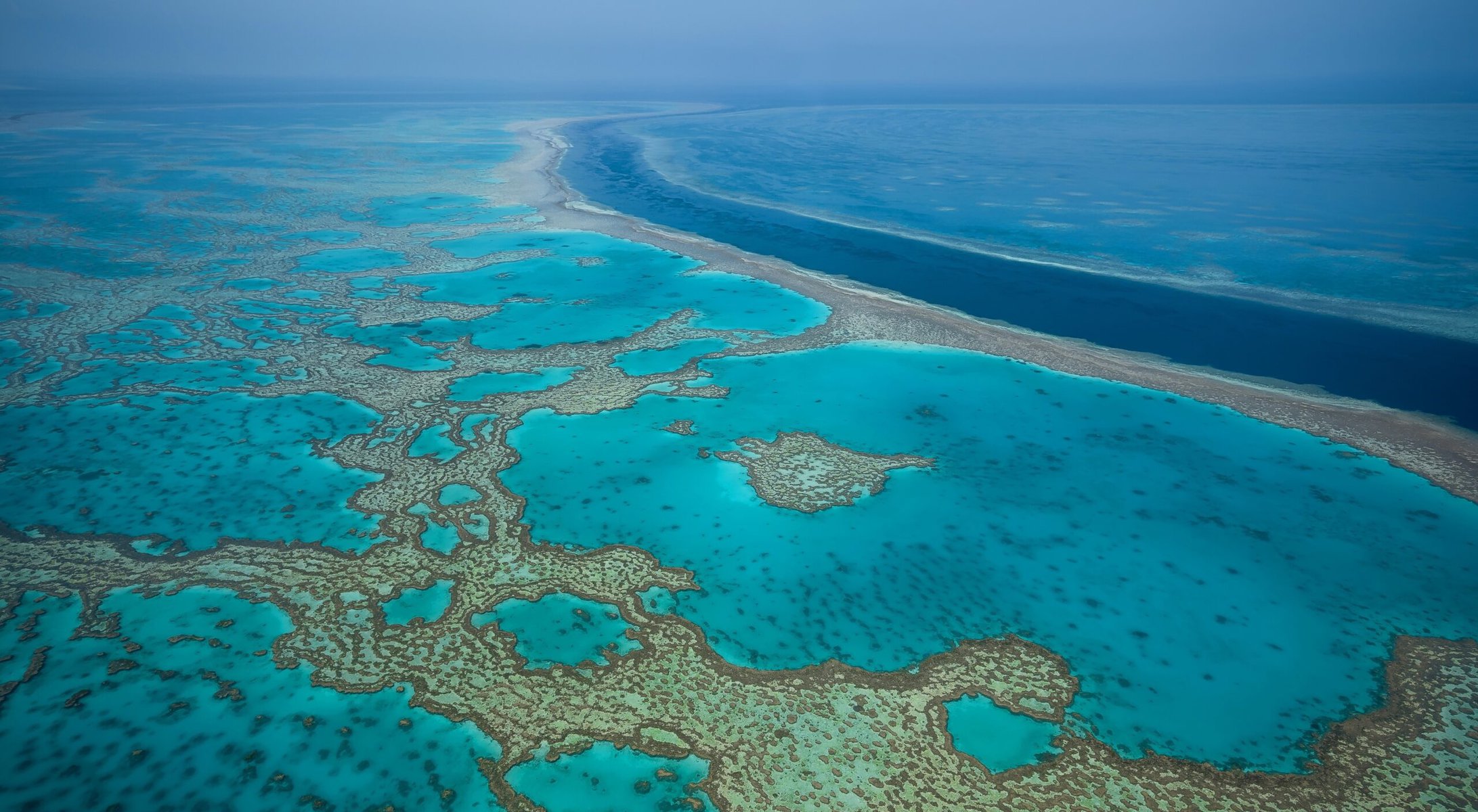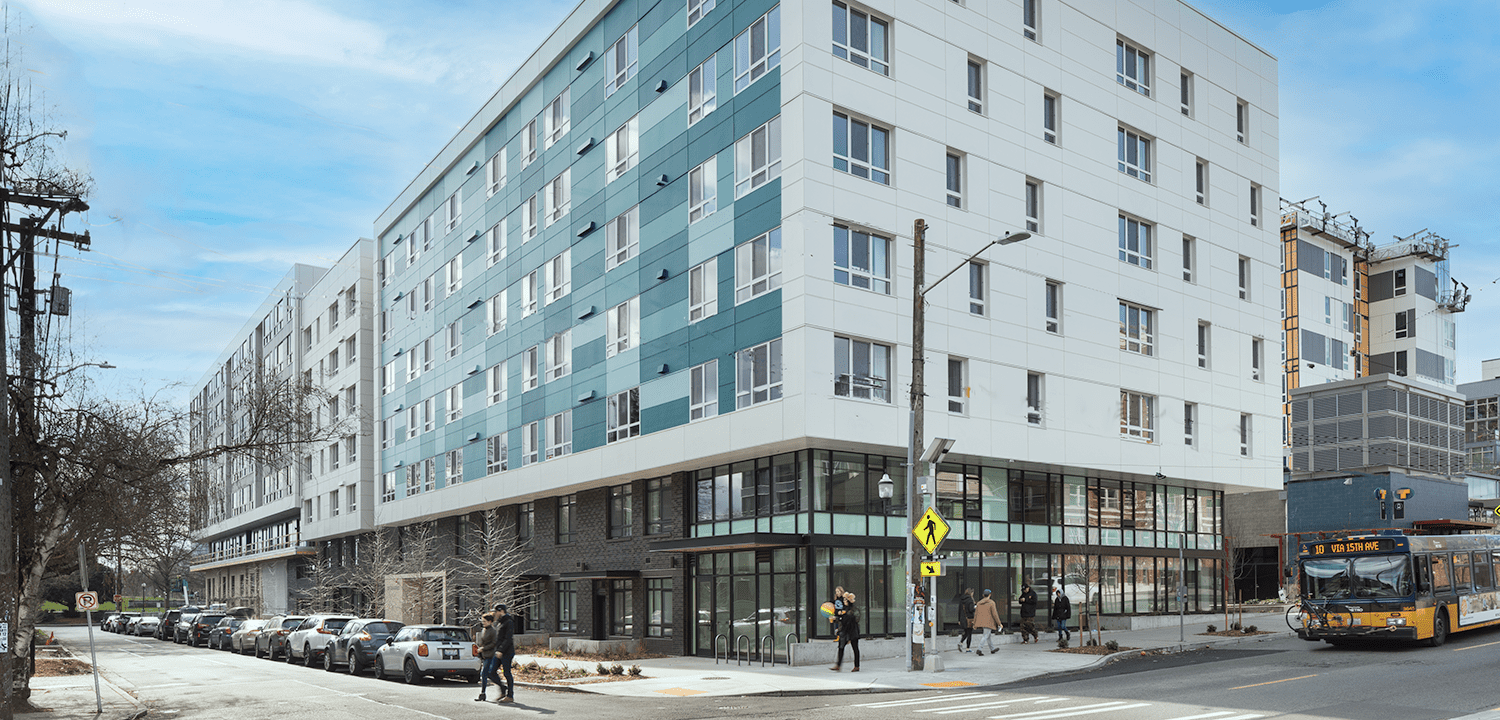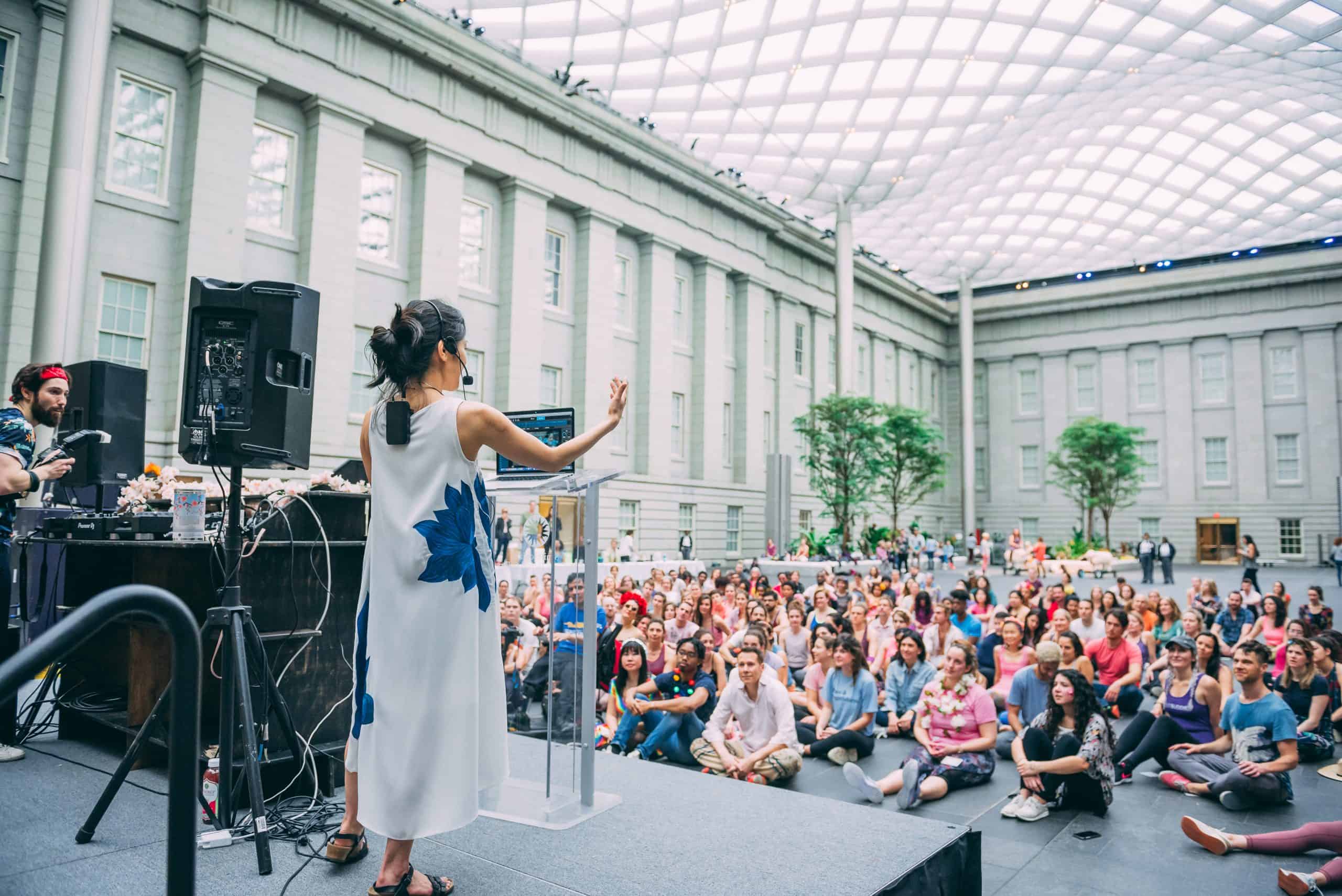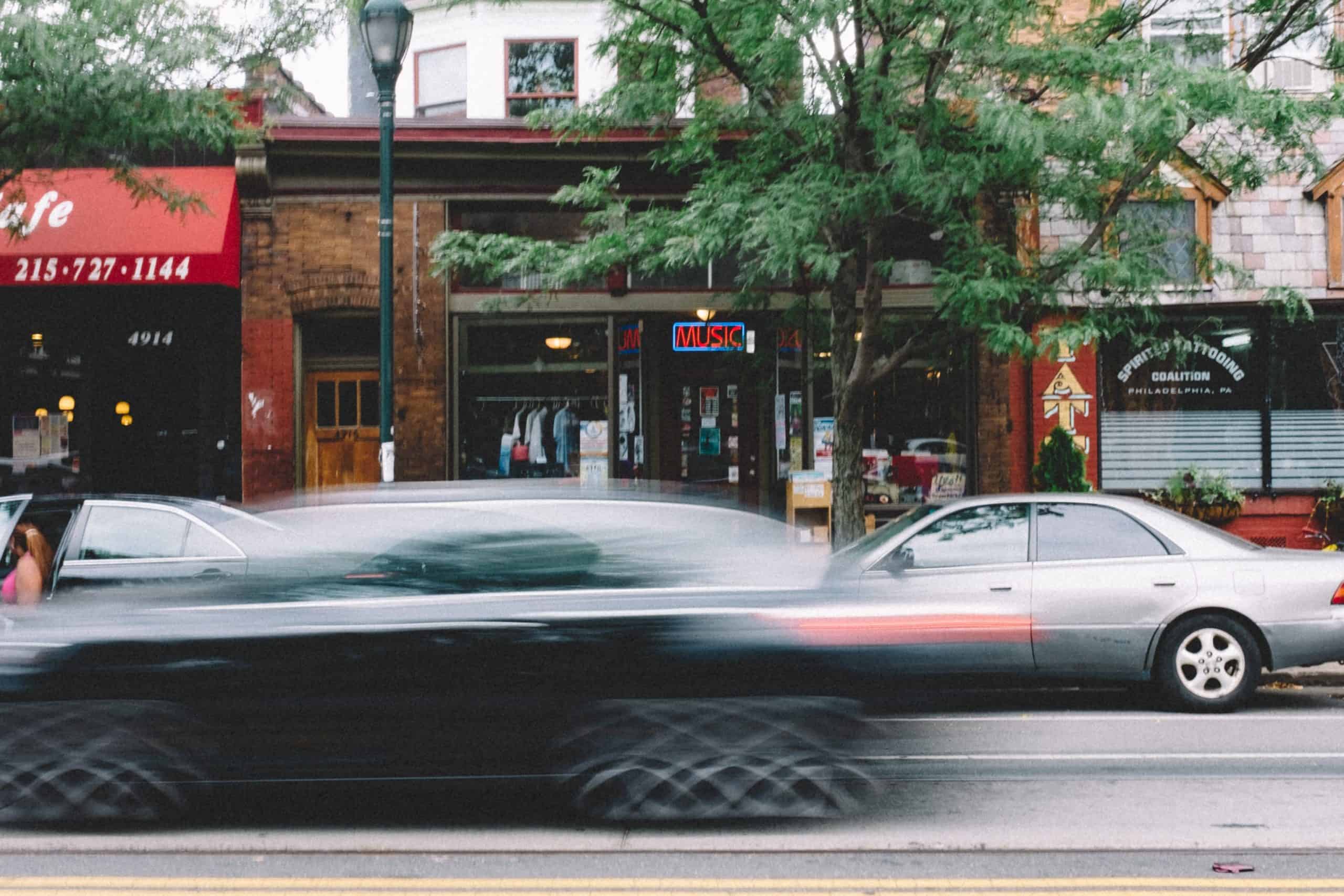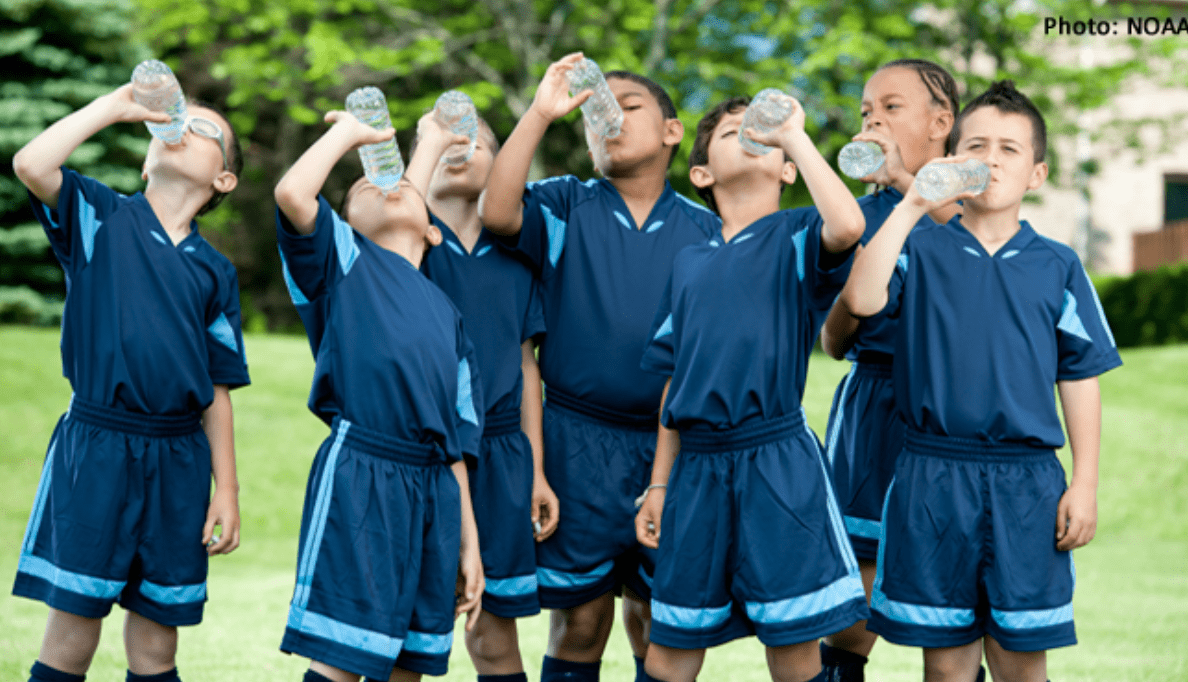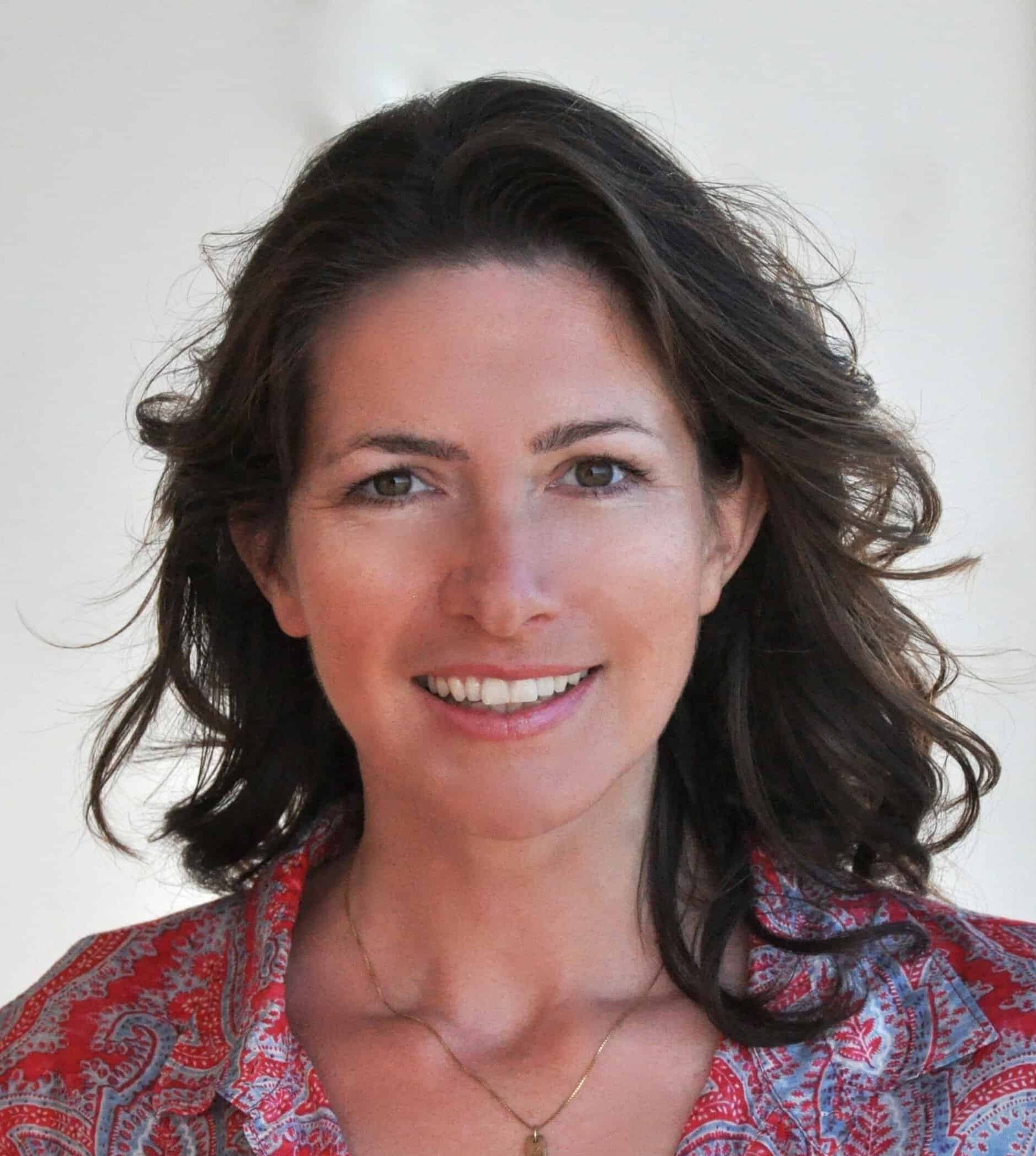

This story is part of Cool Project, a series about surprising ways cities are cranking down the heat in a warming world. Learn more about the series and the artwork here.
Marta Segura has seen firsthand how heat can harm a person. She grew up in Northern California, where her mother worked in the steamy canneries of San José, and her father in the fields. “Both were exposed to extreme heat in their workplace, and I saw them suffer as a consequence,” she says. “My dad once almost died in the fields as a result.” Segura remembers that her mother organized other workers, particularly women who “could not even go to the restroom without authorization from the foreman,” which limited their water intake.
The temperatures that plagued Segura’s parents decades ago have only gotten worse. About a fifth of the most populated cities in the world could warm by more than 4°C by 2050. About a quarter could warm by more than 7°C by 2100, a magnitude of change that would alter life in dramatic ways.
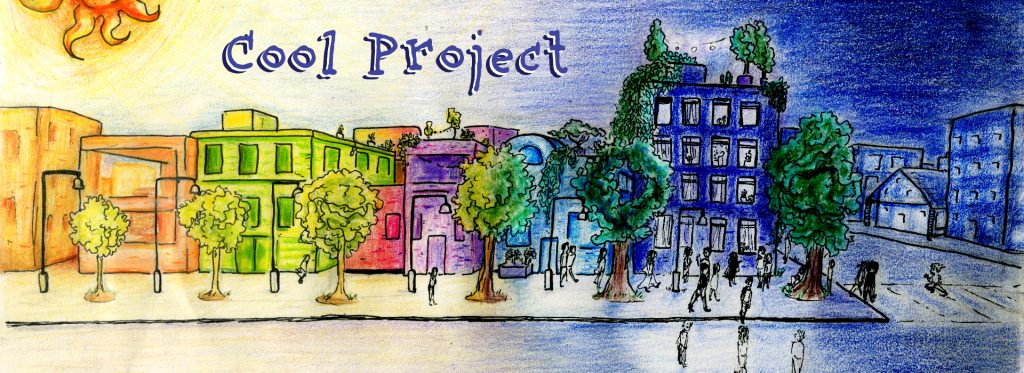
Researchers estimate that heat is responsible for 12,000 premature deaths annually in the US, a toll that could rise to 97,000 by 2100. And yet, drive through California’s agricultural areas on a hot summer day, and you’ll see hundreds of workers plucking strawberries and tomatoes in the midday blazing sun.
Segura now has a chance to do something about this. In June 2022, she was appointed Chief Heat Officer for Los Angeles, the first Latina in the US to hold such a job. She follows in the footsteps of long-term city planner Jane Gilbert, who became Miami-Dade County’s — and the world’s first — heat officer last year. The cities of Santiago, Athens, Freetown in Sierra Leone, and Phoenix have all created similar positions. More plan to follow suit.
CEMO Director Marta Segura @Segura4Change has been appointed LA’s first Chief Heat Officer. In this new role, she will oversee the City’s response to extreme heat, LA’s primary (and deadliest) climate hazard. Read more: https://t.co/2VjHMkPHed pic.twitter.com/QmTMZi33D8
— City of LA – Climate Emergency Mobilization Office (@CEMO_EJ4LA) June 3, 2022
The need is extremely urgent. Wildfires and hurricanes may grab the big headlines, but heat is actually the deadliest weather phenomenon in the US. In California alone, heat has caused some 3,900 deaths over the past decade, which is why, when FEMA recently declared Los Angeles County the area most at risk for natural disasters in the country, it did so not only because of wildfire and earthquake threats, but also because of heat waves — and the city’s low resilience to them. According to UCLA’s Heat Risk Map, Los Angeles experiences more weather-related emergencies than any other city in California, even more than Arizona. “Extreme heat is our primary climate hazard,” Segura says.
How hard this heat hits you depends largely on your zip code. While the wealthy can afford swimming pools and insulated windows for their villas in tree-lined Beverly Hills, temperatures in the poorer areas of the city are higher by an average of 10 to 15 degrees Fahrenheit. These areas are often home to people of color — a recent study published in Nature showed that Black and Hispanic residents are twice as likely to be exposed to urban heat islands.
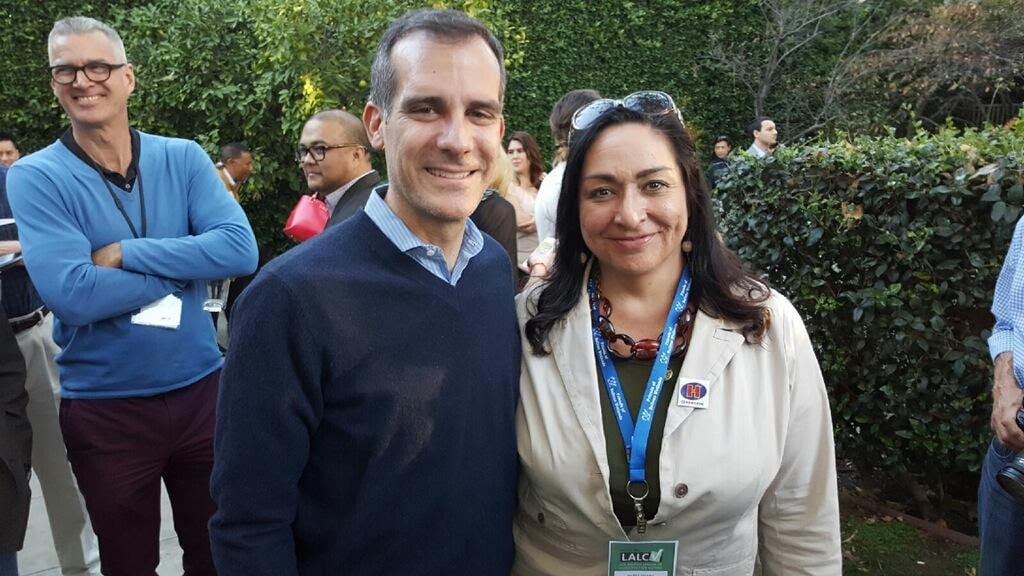
This is why Segura plans to focus on “historically neglected communities that also suffer from immense pollution. Black and brown communities experience the most comorbidities like kidney disease, heart failure, asthma and COPD. So when you combine all these factors, those are the communities where we see increased hospitalizations and premature deaths as a result of extreme heat.”
While Americans over the age of 65 and patients with cardiovascular and respiratory illnesses are most at risk, it would be a mistake to think that heat only harms the elderly. Segura mentions that “a young UPS worker died of a heat stroke two weeks ago in Los Angeles.”
Because of the urgency of the threat, Segura is going for “the easy wins” in her first summer on the job: a campaign to educate Angelenos about the risks and first signs of heat-related illnesses; air conditioning units for underserved communities; and a “cooling network” of shops, department stores and fast-food chains at which people can come in and cool down, “so that everybody who starts feeling overheated on their way to the bus stop knows: I can get a glass of cool water here and sit down in a cooled space to recover at no cost.” Los Angeles also plans to plant thousands more trees, especially in historically neglected communities.
These efforts aren’t taking place in a vacuum. Los Angeles is a charter member of the C40 Cool Cities Network, a coalition of nearly 100 cities that crowdsource solutions, discuss best practices and share information. These ideas are collected in the C40 urban cooling toolbox, where they’re broken down into six categories: Green infrastructure (such as trees, green roofs, permeable pavements), blue infrastructure (drinking fountains, public swimming pools and other forms of water cooling), gray infrastructure (cool roofs, cool pavements, passive cooling in buildings), communication (outreach, cooling centers and campaigns), policy (climate design guidelines, heat emergency response plans, cooling tax rebate programs) and urban development (urban geometry, building materials).
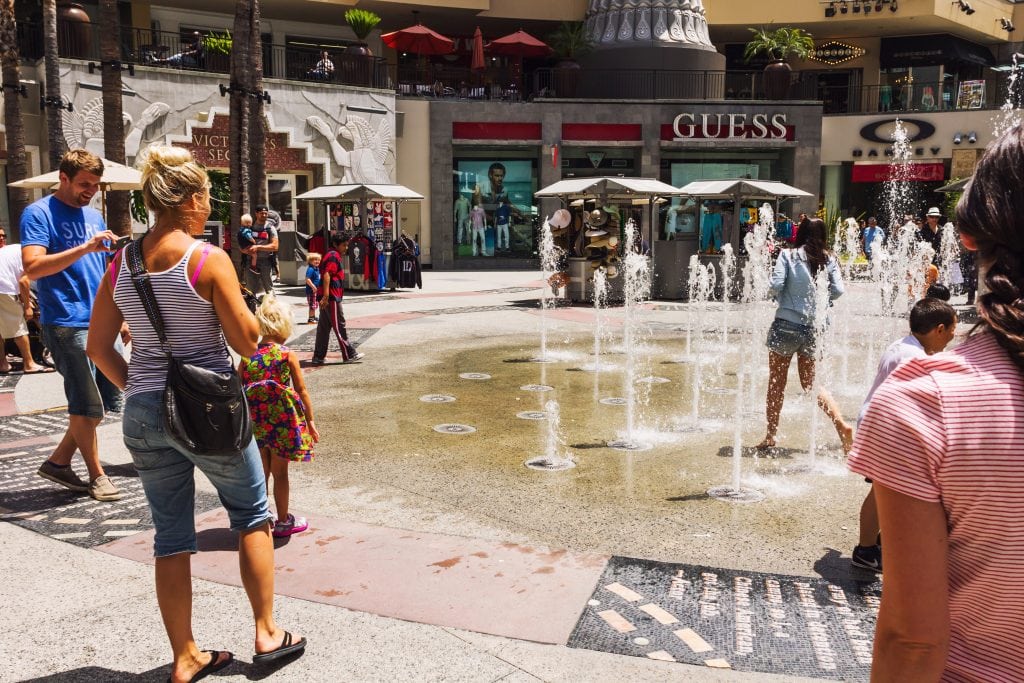
The list makes the challenge obvious. To tackle the heat problem, nearly all of a city’s departments — from health to parks to buildings to environmental protection — need to subscribe to the same goal. Segura has been tasked with designing a budget to realize these objectives. Until such a budget has passed, she needs to rely on building relationships with the relevant decision-makers. But she is convinced that the City of Los Angeles has identified heat resilience as a priority. “We all have the same goal,” Segura says. Mayor Eric Garcetti launched L.A.’s “Green New Deal” in 2015, pledging to lower the city’s average temperature by three degrees over the next 20 years. That’s a target he’s likely to miss, not least because Los Angeles is part of the larger, warming world.
And yet, there is a lot a city can do. Some of the tools are universal; others are specific to each city. In Miami-Dade, for instance, Segura’s counterpart Jane Gilbert has been serving as Heat Officer for more than a year. “For us, the biggest problems aren’t just the extremely hot days,” Gilbert says via Zoom in her sleeveless blouse, already facing 82 degrees Fahrenheit at 10 a.m. “Unlike California, we have a chronic heat problem. For instance, last summer, we had over 30 days in a row with the heat index over a hundred degrees Fahrenheit. Combined with the high humidity, a lot of people struggle.”

After she started her job, Gilbert first engaged in “listening tours,” speaking with residents, doctors and emergency personnel. Because the warm temperatures attract tourists year-round, Gilbert learned to worry about out-of-town visitors. “We are a party town,” Gilbert says, “and this increases the risk that tourists might not pay attention to their water hydration.”
Even knowing how many residents die of heat exposure is tricky, since heat-related deaths are often not recorded as such. “How do we even measure heat deaths?” Gilbert asks, “Heat as such is not the cause of death, but it will be a heart attack or something like that.”
Crushed by negative news?
Sign up for the Reasons to be Cheerful newsletter.From the vulnerability analysis she completed in her first year on the job, Gilbert has learned which areas of Miami have the highest temperatures and are therefore most at risk. She aims to increase the tree canopy in these areas from less than 10 percent to at least 30 percent by 2032. She also discovered that several nursing homes and public shelters don’t have backup generators, which could be used for cooling in case of a power outage. “Hurricanes and floods come with a bigger price tag,” she says about why awareness of heat risks is only growing slowly, “but heat waves kill people, too.”
Oregon was the first state to pass a law forcing employers to provide outdoor workers with cool water, rest breaks and shade when temperatures reach 80 degrees. “We have over 300,000 outdoor workers in Miami-Dade county who are exposed every day, plus the homeless population,” says Gilbert. “We have to protect them.” But a proposed law resembling Oregon’s recently failed in Florida.

“So we have to focus on what we can do here, on the ground,” Gilbert says pragmatically. She makes a case for naming heatwaves like tornados so the danger can be recognized and communicated more widely. (The Spanish city of Sevilla just started doing that.) But she also recognizes that the current system, which sounds the alarm when thermometers hit 108 degrees, doesn’t suffice. “Just this week, a three-year-old girl died of heat stroke while being left in a car,“ she says.
The truth is that few communities are prepared. Miami has spent a decade prioritizing hurricane and flood prevention while underestimating heat risks. “The mayor has charged me with raising public awareness on the level of our hurricane preparedness efforts.” Yet Gilbert’s office has not been invested with much power or money. She has only one employee and hardly any budget. “But I report directly to the mayor,” she says emphatically. “When I reach out to other departments, they know I’m speaking for the mayor, Daniella Levine Cava, and she regards this topic as a priority.”

Her next big focus is on housing, “really helping homeowners and renters access energy efficiency, retrofits to reduce their bills. Our building department is looking to get a building code amendment to require cool roofs on larger commercial buildings. Going forward, all county-funded buildings will require a cool roof and higher efficiency standards.”
Miami and Los Angeles are both part of the “cool roadways partnership,” a group of 25 cities that aim to install cooler building materials. The group wants to use its power not just to exchange information about which materials work best, but also to negotiate better prices for the often costly materials. “We’re trying to leverage the purchasing power of these 25 cities instead of each city following their own effort,” says Greg Spotts, Chief Sustainability Officer of Streets LA. “That’s going to be a game-changer.”
Like Segura, Gilbert’s perspective on her new job has been influenced by her past. Initially from Connecticut, she studied environmental science at Barnard College in New York and moved to Miami 27 years ago, drawn by the tropical climate. “My system just does better in the heat,” she says. In between, she spent several years working in Central and South America for environmental NGOs, to protect Indigenous people and the rain forests. One could say she was addressing some of the root causes of climate change before working in community development and becoming Miami’s Chief Resilience Officer in 2016.
Next month, she will be on the streets of Miami again on a Saturday, giving away 2,000 trees to low-income residents. “I still love the heat,” she says with a sigh. “But it’s almost getting too much, even for me.”
